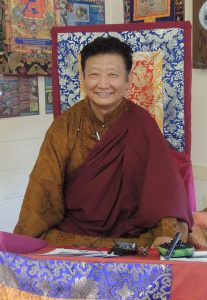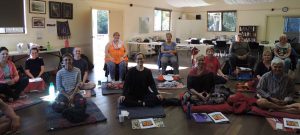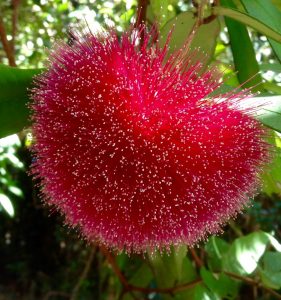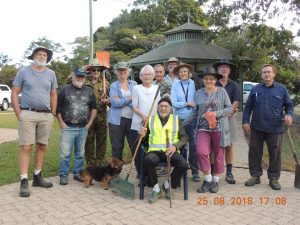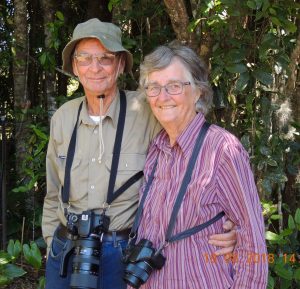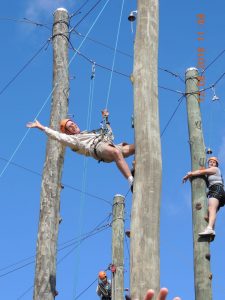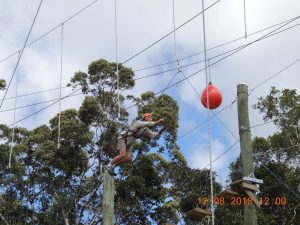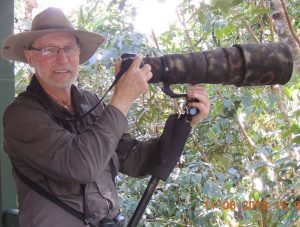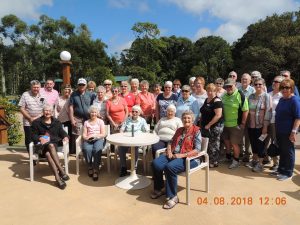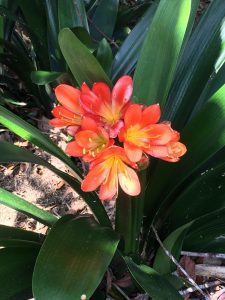This month in ‘Meet A Villager’ we introduce you to Roy Mackay.
Roy Mackay celebrated his 90th birthday last March (2018) with one of the biggest birthday parties Paluma has ever seen. The Rainforest Inn was bursting at the seams on the afternoon of Sunday 18th March as all of Roy’s Paluma friends and family joined him for a very special day to mark his 90 years young.
Roy Mackay has led a truly remarkable life. He was born in Camperdown in Sydney in 1928. Roy’s passion for nature, the outdoors and ‘the bush’ developed very early in life and as a young child he kept several varieties of non-venomous snakes. His interest in herpetology has been life-long and even today he is known locally in Paluma as the ‘snake expert’.
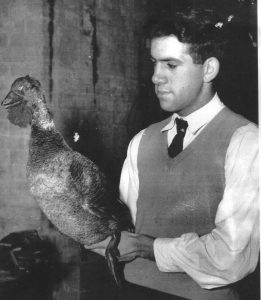
Roy’s first job after leaving high school was to train as a taxidermist at the Australian Museum in Sydney. He became so accomplished at his work that he was to become Head of the Department of Taxidermy.
In his mid-twenties, Roy met and married his wife Margaret, who was also a lover of nature and wildlife. They met at a monthly meeting of the Royal Zoological Society in Sydney. Margaret was a nature photographer and she also worked as a zoo-keeper at the Taronga Zoo.
In 1964, Roy and Margaret moved to Papua New Guinea and Roy took up a position as the Director of the Papua New Guinea Museum in Port Moresby. Roy’s work involved travelling the lengths and breadths of PNG to collect indigenous artefacts and museum specimens.
Roy’s love of nature, culture and anthropology led him to spend the next 23 years in PNG. He also worked as the Director of the Baiyer River Sanctuary, which focused on a breeding program for the Bird of Paradise in the western highlands of PNG.
In 1987, Roy and Margaret moved back to Australia and made Paluma their permanent home. Roy says that they chose Paluma to live because they could be “close to nature”. Roy has lived in the village for the last 31 years.
Roy’s early training as a naturalist, curator and scientist means that he is an avid record keeper. Even today, Roy keeps meticulous records. If you want to know the rainfall figures for last November, the average daily temperature for June, or how many snakes have been observed in the village this month, then Roy will have it documented!. His diligence in record keeping is to be admired and envied.
What is most astounding is that Roy has kept detailed journals of his life’s work and travels, filling volumes and volumes of precious hand-written diaries. To add to his achievements, Roy is a published author, with his numerous books and pamphlets pertaining mostly to his work in PNG. For many years, Roy has been a regular contributor to local newsletters, contributing articles on ‘Nature Notes’. Roy’s publications, his personal library, memoirs, journals and his contribution to science and the natural world is nothing short of outstanding.
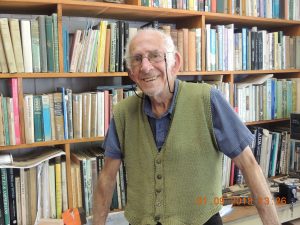
As a nation, Australia keeps a list of ‘National Living Treasures’. The recipients of this award are chosen on the basis of “having made an outstanding contribution to Australian society in any field of human endeavour”. Roy Mackay would certainly qualify for this list. If the village of Paluma was to have such a list, then Roy Mackay would be at the very top of our list. He is our own very special, National Living Treasure.

